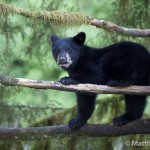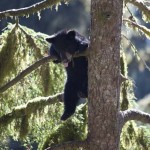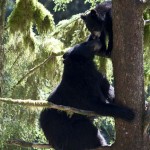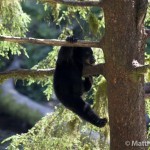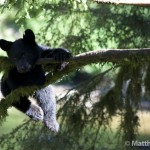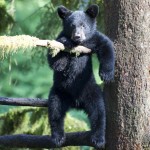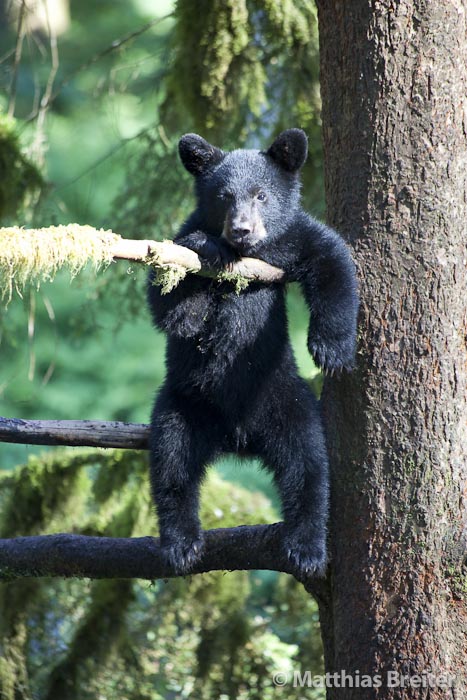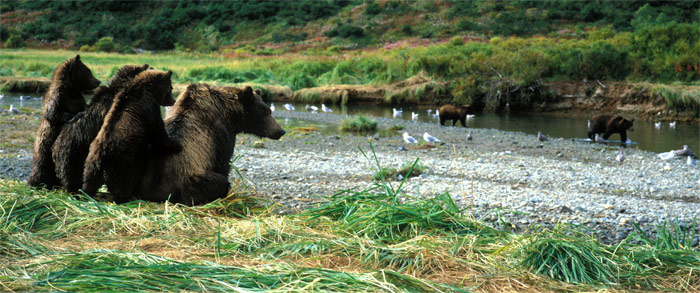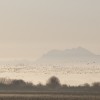Use the previous and back buttons to switch between galleries. Click here to view to the complete list of galleries.
Next>
If you’d like to purchase one of Matthais Breiter’s photos as a print please fill out the form below
1. Email us with the image TITLE and the ALBUM it’s in.
